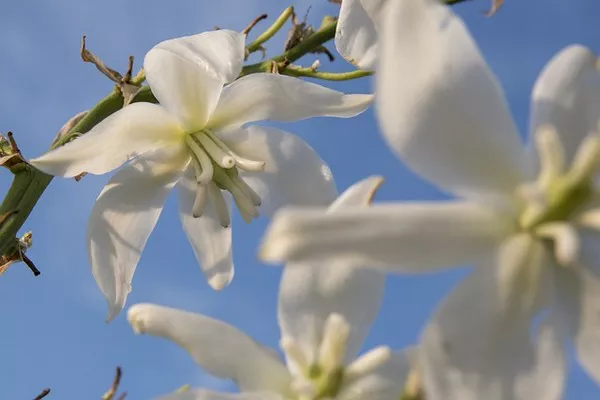Dying flowers don’t have to spell the end of their beauty and significance. Instead of lamenting their fading vibrancy, consider this as an opportunity to explore various ways to give them a second lease on life. In this guide, we’ll delve into a plethora of creative solutions to revive and repurpose dying flowers, allowing you to cherish their essence in fresh and imaginative ways.
1. Reviving Dying Flowers:
a. Rehydrate with Care: Submerge the stems of your dying flowers in lukewarm water for a few hours. Trim the ends at an angle before placing them in the water to enhance water absorption. This simple technique can help rejuvenate wilted blooms.
b. Prune and Refresh: Trim off any browned or withered petals and leaves. By removing the damaged parts, you’re allowing the remaining healthy parts of the flowers to shine. Placing them in a clean vase with fresh water can prolong their lifespan.
c. Nutrient Boost: Create a homemade flower food solution by mixing sugar, vinegar, and bleach in water. The sugar nourishes the flowers, while the vinegar and bleach prevent bacterial growth. Change the water and solution every few days to maintain the flowers’ vitality.
See Also: Giving New Life: Creative Ways to Repurpose Dead Flowers
2. Crafting Decorative Potpourri:
a. Preserving Beauty: If your efforts to revive the flowers don’t yield the desired results, consider using their petals for crafting potpourri. Carefully remove the petals from the stems and place them in a well-ventilated area to dry.
b. Aromatic Combinations: Mix the dried flower petals with complementary elements like dried citrus peels, cinnamon sticks, and cloves. Experiment with different scents until you achieve a blend that pleases your senses.
c. Delightful Displays: Fill decorative bowls or pouches with your homemade potpourri. Place them in various rooms to infuse your living space with a soothing and natural fragrance.
See Also: A Guide to Salvaging Dead Flowers & Restoring their Glory
3. Creating Eco-Friendly Confetti:
a. Petal Power: Give your dying flowers a vibrant farewell by transforming their petals into eco-friendly confetti. Separate the petals and let them air dry for a few days until they become crisp.
b. Celebratory Moments: Use the colorful confetti at parties, celebrations, or even as a unique addition to your wedding festivities. Not only are you reducing waste, but you’re also adding a touch of natural beauty to your events.
c. Nature-Friendly Farewell: When it’s time for a send-off, whether it’s a wedding exit or a celebration, tossing biodegradable flower confetti ensures that you’re making an eco-conscious choice.
4. Pressed Flower Artistry:
a. Capturing Time: Preserve the fleeting beauty of your dying flowers by pressing them. Place the petals between the pages of a heavy book, making sure they are spaced out to avoid overlap.
b. Frame the Elegance: Once dried and flattened, arrange the pressed flowers on acid-free paper and frame them. The result is a delicate and timeless piece of art that captures the essence of the flowers.
c. Mixed-Media Magic: Incorporate the pressed flowers into various art projects, such as handmade cards, bookmarks, or even as accents in your scrapbooking endeavors.
5. Sustainable Gardening:
a. New Beginnings: If the flowers are beyond revival, consider composting them. Create nutrient-rich compost that can be used to enrich the soil in your garden.
b. Potent Petal Power: Some flowers, like marigolds and roses, have natural pest-repellent properties. Dry the petals and crush them to create a natural insect deterrent for your garden.
c. Seed Collection: If your dying flowers are part of a plant that produces seeds, consider collecting and storing the seeds for future planting. This way, you’re nurturing the cycle of life for the next growing season.
In conclusion
the beauty of dying flowers doesn’t have to be short-lived. By exploring these creative solutions, you can breathe new life into your fading blooms and transform them into lasting memories. From crafting potpourri and pressed art to sustainable gardening practices, these repurposing ideas celebrate the journey of your flowers and your connection to nature in unique and meaningful ways.


